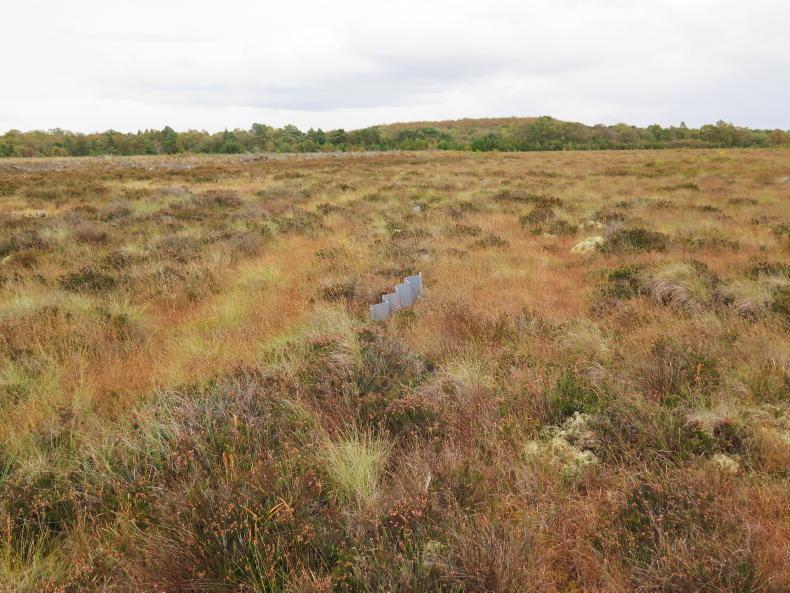Specific funding from an increased CAP budget, together with a dedicated EU environment fund to support action across all sectors of society, will be required to finance actions under the EU’s Nature Restoration Law (NRL), James Moran of Atlantic Technological University (ATU) has insisted.
Moran maintained that the pressure was now on the relevant Government departments, the farm organisations and other stakeholders to draw up an agreed plan of action for the law and to identify the level of funding that will be required.
The NRL was passed into law by the European Parliament last week, despite strong opposition from Ireland’s farm organisations and some rural politicians.
They criticised the absence of dedicated funding for the actions that Ireland will have to undertake to comply with the new law, such as rewetting drained peatlands and restoring wetland habitats.
However, Moran insisted that EU funding will have to be made available for the NRL under a rationalised and streamlined CAP.
‘Separate budget’
The applied ecologist at ATU pointed out that actions required under the restoration law qualified for EU funding and would have to command a “separate budget line” in a revamped CAP structure from 2028.
He said there was already a commitment that 10% of the Multiannual Financial Framework, or EU budget, is earmarked for biodiversity from 2026 but he said this level of funding will “have to be scaled up rapidly” to meet the increased requirements under the new legislation.
Moran maintained that the CAP should retain its two-pillar format, with Pillar I focusing on food security, income supports, competitiveness, market measures and rural development.
Pillar II would be mainly an environmental fund, dealing with agri-environmental schemes, actions required as part of nature restoration and climate-related initiatives.
“Such a structure would provide real justification for an increase in budget funding,” Moran said.
I would like to see a situation where farmers who are delivering more for the environment and restoring habitats receive a living wage for those services they provide
“The way this is going we basically need the CAP clarified; what its role is, what it’s paying for, what it’s delivering.
“And have a budget to match that across food security, climate, wider environment and rural development,” he explained.
With regard specifically to the NRL, Moran said the “pressure is now on” to put a proper action plan in place over the next 24 months, with an interim report on funding needs and financial resources available required in 12 months.
He said this plan will have to be informed by other work taking place at the moment, such as the land use review.
Moran admitted that the new law will potentially have serious implications for some communities, and he said targeted supports will be required for farmers and other workers in these areas.
“The socio-economic impact of the NRL on some areas without appropriate supports and funding will be quite substantial,” Moran conceded.
“We should use the impact assessment to evaluate the funding that will be required in these areas to mitigate any negative consequences,” he said.
“I would like to see a situation where farmers who are delivering more for the environment and restoring habitats receive a living wage for those services they provide,” he maintained.






 This is a subscriber-only article
This is a subscriber-only article











SHARING OPTIONS: